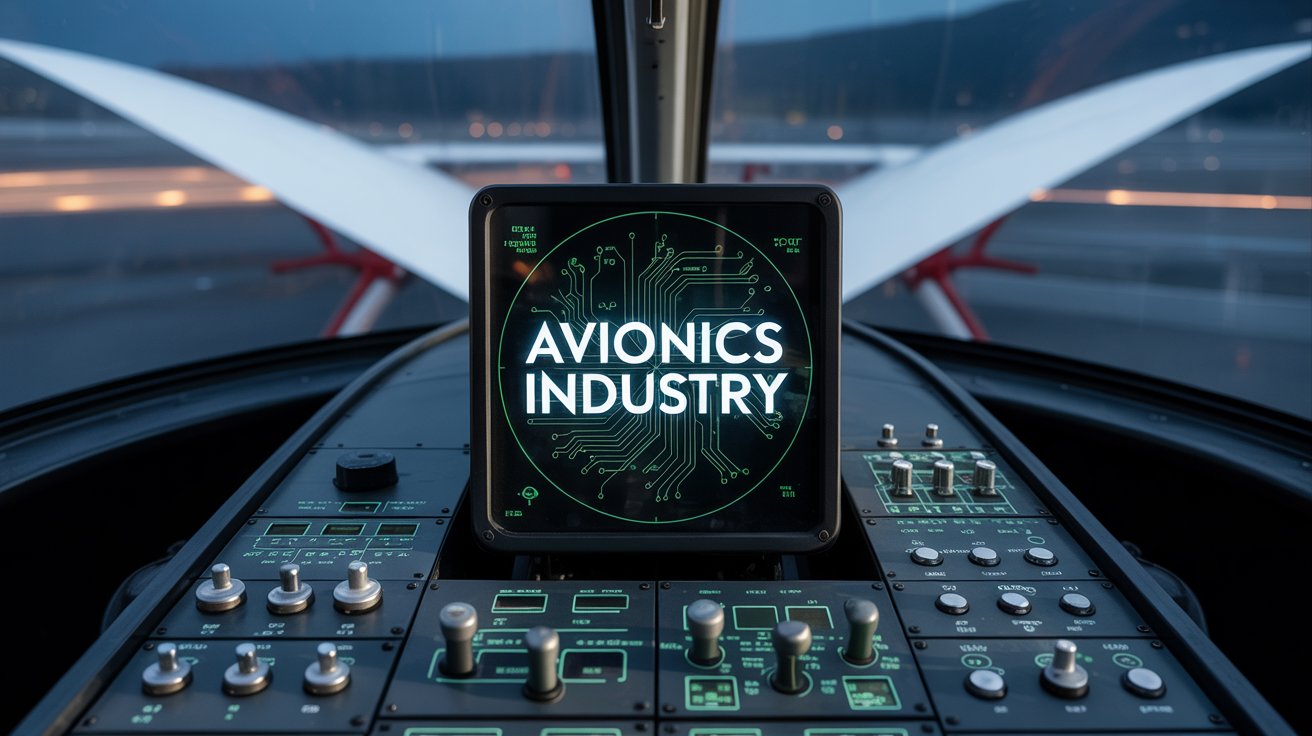The global avionics market is on a powerful upward trajectory, projected to reach USD 82.33 billion by 2030, up from USD 56.22 billion in 2025, growing at a CAGR of 7.9%. This surge is fueled by rapid advancements in digital technologies, including artificial intelligence (AI), data analytics, and next-generation communication systems, which are reshaping the future of aviation.

Today’s avionics systems go far beyond basic navigation and communication — they’re enabling a smarter, safer, and more efficient aviation ecosystem. From autonomous aircraft operations to predictive maintenance and connected cockpits, the integration of AI and digital capabilities is transforming flight operations across commercial, military, and special-purpose sectors.
Download PDF Brochure @
https://www.marketsandmarkets.com/pdfdownloadNew.asp?id=138098845
Artificial Intelligence (AI) Integration: Revolutionizing Avionics Capabilities
One of the most transformative forces in the avionics market is the integration of artificial intelligence. AI is unlocking new levels of automation, safety, and decision-making by enabling:
-
Predictive analytics for real-time aircraft health monitoring and maintenance forecasting
-
Smart flight management systems that optimize routing, fuel use, and load balancing
-
AI-powered vision and detection systems for improved situational awareness and obstacle avoidance
-
Natural language processing to enhance pilot-machine interaction and reduce cognitive workload
As aircraft become increasingly autonomous and data-driven, AI-enabled avionics systems are emerging as the core enablers of next-generation aviation. These innovations are especially critical in high-stakes environments such as special missions and unmanned aerial vehicles (UAVs), where split-second analysis and response are mission-critical.
Special Mission Aircraft: The Fastest-Growing Platform
Special mission aircraft are leading the charge in growth, driven by escalating demand for mission-specific capabilities in defense, homeland security, and disaster response. Governments and private operators are investing in platforms tailored for ISR (intelligence, surveillance, and reconnaissance), search and rescue, and emergency logistics. AI-enhanced avionics play a pivotal role here, providing multi-sensor fusion, real-time data processing, and autonomous task execution.
Power & Data Management: The Backbone of Smart Avionics
The rapid advancement of onboard electronics has made power and data management systems vital to modern avionics. These systems ensure efficient power distribution and reliable data flow to support the increasingly complex, AI-driven avionics architecture. Optimizing these infrastructures is essential for reducing operational costs, extending system lifespans, and supporting the sustainability goals of next-gen aviation.
North America Leads in Avionics Innovation and AI Adoption
North America is projected to remain the largest regional market for avionics, thanks to fast-paced innovation and proactive regulatory frameworks. The adoption of NextGen air traffic systems, ADS-B, and synthetic vision technologies continues to drive avionics upgrades across fleets. Companies like Honeywell, Collins Aerospace, Garmin, and L3Harris are not only leading in avionics hardware but also integrating advanced AI and machine learning capabilities to maintain technological leadership.
Market Leaders Shaping the Future of Aviation
Key players such as RTX, Honeywell, L3Harris Technologies, Thales, Garmin, GE, Elbit Systems, BAE Systems, and Safran SA are heavily investing in AI-driven R&D, system integration, and global expansion. Their focus on intelligent, adaptable, and scalable avionics solutions is redefining flight standards and shaping the future of both manned and unmanned aviation platforms.
Ask for Sample Report @
https://www.marketsandmarkets.com/requestsampleNew.asp?id=138098845
As the aviation industry moves toward greater autonomy, connectivity, and sustainability, avionics remains a cornerstone of this transformation. With AI at its core, the market is poised to deliver unprecedented levels of intelligence, efficiency, and operational readiness — making it one of the most exciting and essential sectors in aerospace today.
